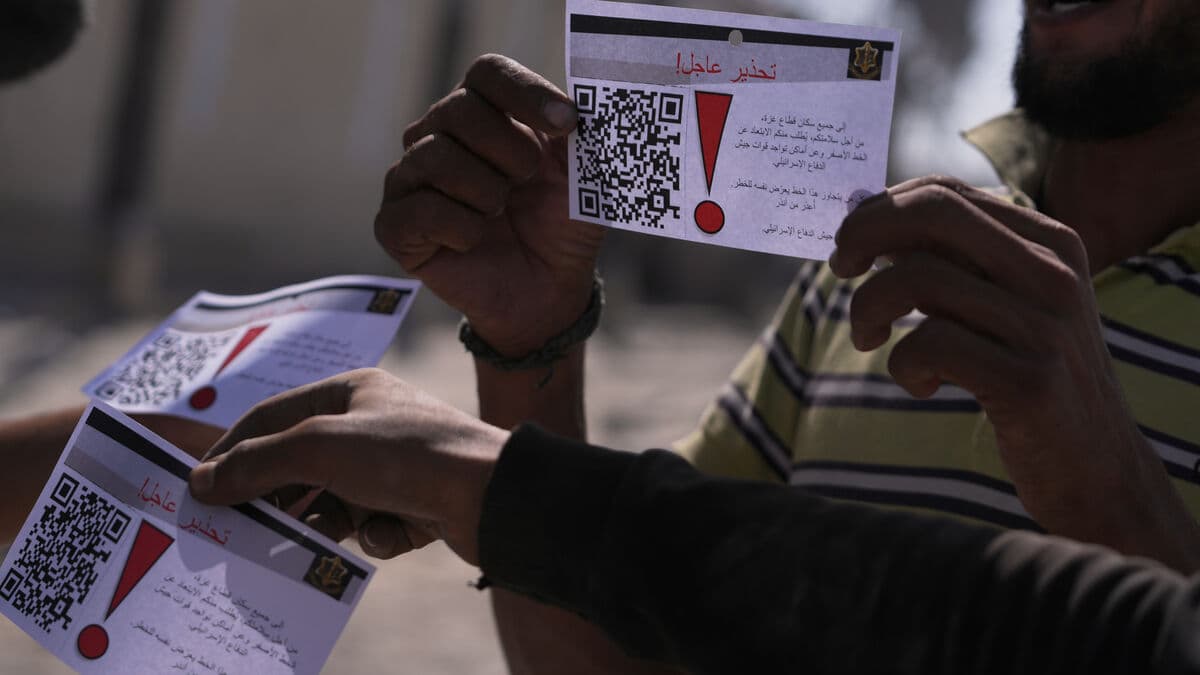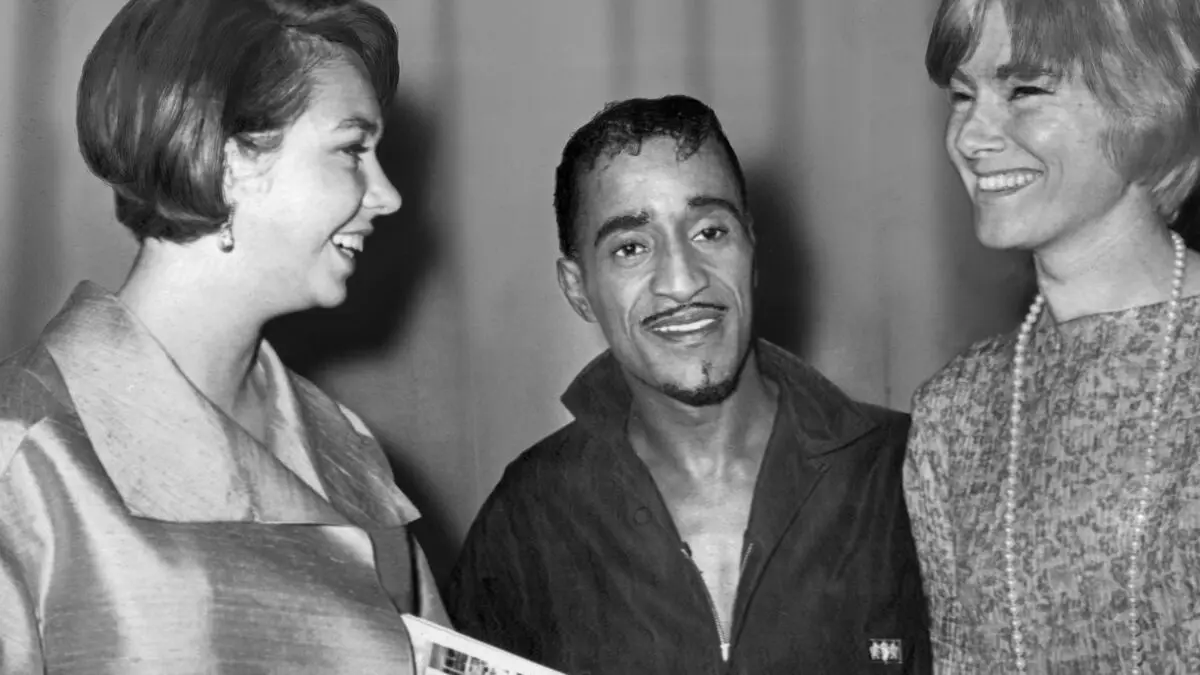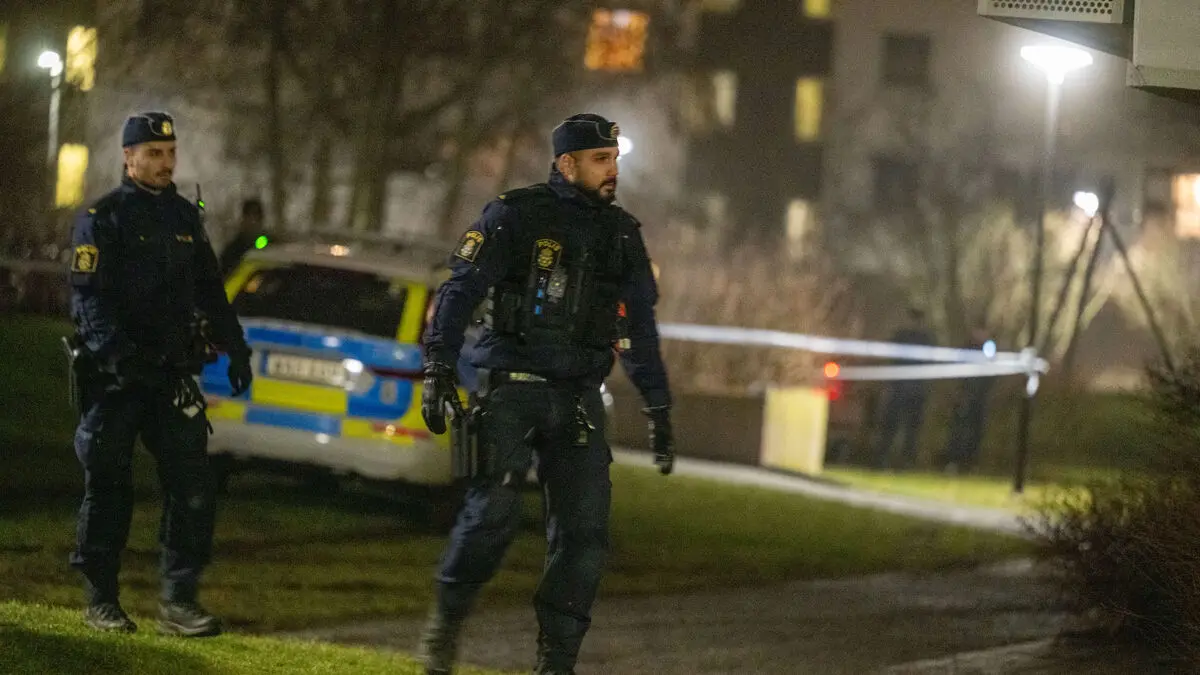”The yellow line” is becoming increasingly physical. Approximately every 200 meters, yellow concrete blocks have been placed to mark the line, which is the border behind which Israel's soldiers have withdrawn in accordance with the first phase of the prevailing peace plan.
In the next phase of the ceasefire, the idea is that the Israeli military will withdraw further, but the plan has been met with strong resistance from the right wing of Israel's Prime Minister Benjamin Netanyahu's government.
Reinforced outposts
In the western part of Gaza, Hamas is now trying to regain control after the Israeli withdrawal. In the other part, military outposts have been reinforced and Israeli military are shooting at people who approach the line – regardless of whether it has been marked with yellow blocks or not, writes The Guardian.
It feels like the war hasn't really ended for me. What's the point of a ceasefire if I still can't return home?, says father of five Mohammad Khaled Abu al-Hussain, who has been caught in heavy gunfire in an area where the line is not clearly marked.
What worries me the most is the thought that this line may become permanent, that no decision will be made to let us return.
”Sophisticated barrier”
In Israel's largest newspaper Yedioth Ahronoth, a military correspondent predicts that the line will become ”a high and sophisticated barrier that will shrink the Gaza Strip, enlarge the western Negev and allow the construction of Israeli settlements there”.
Currently, the Israeli military controls 53 percent of Gaza.
Despite the ceasefire having been in effect for about two weeks, more than 20 Palestinians are being killed on average per day, many of them near the line.





